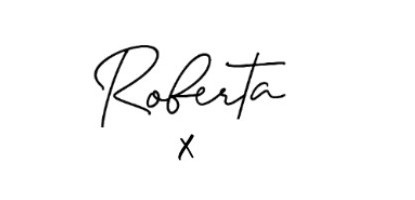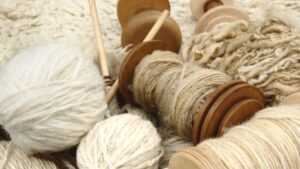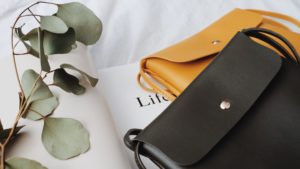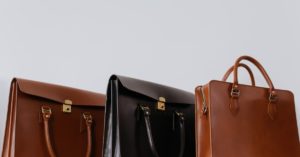Is linen sustainable? Linen is well known as a sustainable material within fashion, but lately, it’s been having a resurgence as a go-to choice for sustainable fashion enthusiasts, loved for its natural elegance, breathability, and eco-friendly properties.
In today’s material guide, we explore the sustainability of linen.
What is Linen and How is it Made?
Linen originates from the flax plant, renowned for its durable fibres and timeless aesthetic. The production process involves harvesting flax stalks, extracting fibres, and weaving them into fabric. With minimal chemical processing and low water consumption, linen production stands out as an environmentally responsible choice for fashion.
With Nothing Underneath – Linen Tops & Shirts
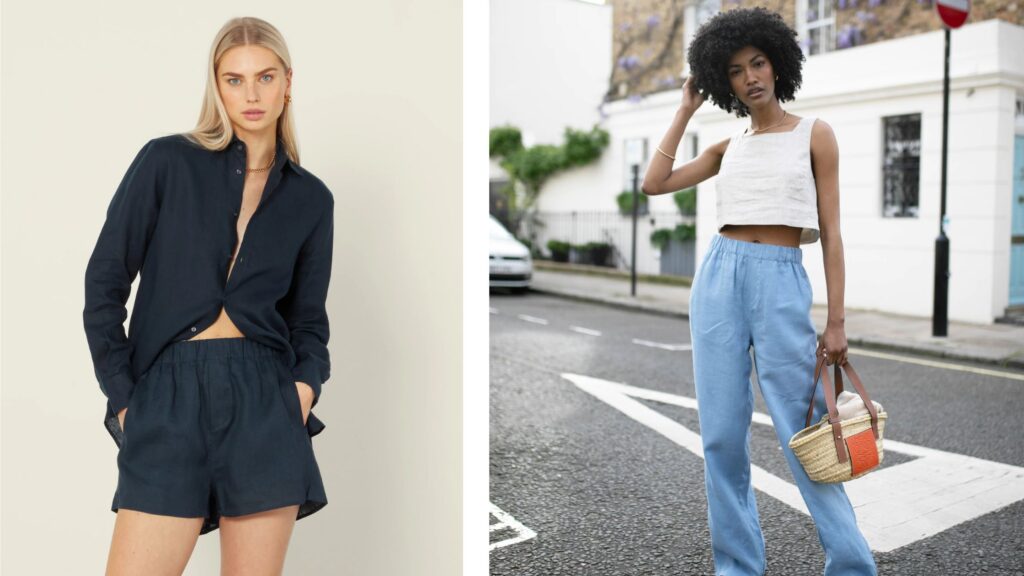
Linen Tops: Linen tops epitomise effortless chic, offering a breezy and breathable option for warm-weather wardrobes.
Brand Featured: With Nothing Underneath showcases stylish linen tops crafted with sustainability in mind, blending ethical production practices with timeless designs.
Beaumont Organic – Great for Linen Dresses

Linen Dresses: Linen dresses exude laid-back sophistication, perfect for both casual outings and special occasions, whilst best suited for summer, they can be layered with jumpers for all-year styling..
Brand Featured: Beaumont Organic, which has a selection of flattering modern silhouettes.
Is Linen Sustainable for Fashion?
Linen boasts impressive sustainability credentials, from its biodegradability to its low environmental impact during production. Flax cultivation requires fewer pesticides and water compared to conventional crops, making linen a preferred choice for eco-conscious fashion brands and consumers.
While linen isn’t without its challenges, such as susceptibility to wrinkles, its overall environmental benefits outweigh its drawbacks. By supporting brands that prioritise sustainable sourcing and production methods, you can enjoy the beauty of linen fashion with a clear conscience.
Look for certified Linen like OEKO-TEX® STANDARD 100 to ensure you’re buying the most sustainable version of Linen you can find. You can find a list of other certifications to look out for over on the Ethical Brand Directory. If you’re unsure, reach out to the brand and ask.
It’s also worth noting that linen gets softer with age, and the deep wrinkles are much less noticeable after many years of use. If you don’t want to wait that long, look for it pre-loved.
While linen garments may come with a higher price tag than their conventional counterparts, the investment in quality and sustainability is well worth it. Consider it an investment in both your wardrobe and the planet, supporting brands that prioritise ethical practices and environmental stewardship.
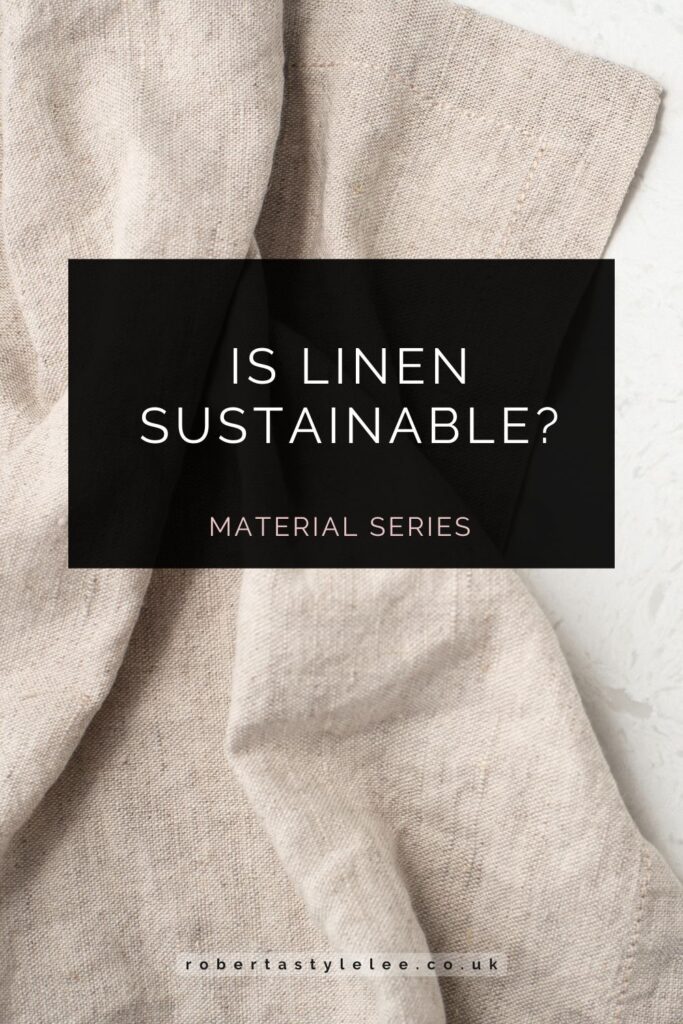
Pros and Cons of Linen for Fashion:
Linen offers a host of benefits for fashion enthusiasts, including breathability, durability, and a timeless aesthetic. Its versatility makes it suitable for a range of clothing items, from tops and dresses to trousers, scarves, shoes and accessories.
However, its tendency to wrinkle, makes it undesirable for many. It’s also not a widely used fabric, and the available style choices might not suit everyone’s taste (options tend to be muted in colour, basic cuts and minimalist style).
Linen also tends to have higher production costs, so you will need to pay a lot more for a garment made of linen. These are factors to consider when looking to see if you can incorporate linen into your wardrobe.

Rating: I rate linen a solid 5 out of 5 stars for its sustainability values. But for many like me, it’s just not a go-to fabric (as I hate ironing), and modern, interesting classic or timeless styles aren’t yet widely catered for.
However, fashion garments made using linen have come a long way in the last 10 years – there’s more choice in terms of style, but it’s still not mainstream enough. Its eco-friendly attributes throughout its life cycle and ability to wash well, and last a long time make it a valuable addition to any fashion-conscious wardrobe.
ACCESS THE INNER CIRCLE
Exclusive ‘Inner Circle’ access to BTS Real Talk, Styling Tips, Luxury Retreats, Sustainable Luxury Brand Spotlight and more…

Final Thoughts:
As you explore sustainable fashion options, consider adding basic linen pieces to your collection and purchasing them out of season, so the pricing will be lower. Whether you’re in search of tops, dresses, or shoes, linen offers a sustainable solution without compromising on breathability.
Check out the rest of the Material Series here.
Drop the name of your favourite sustainable brand that makes great linen pieces in the comments.
